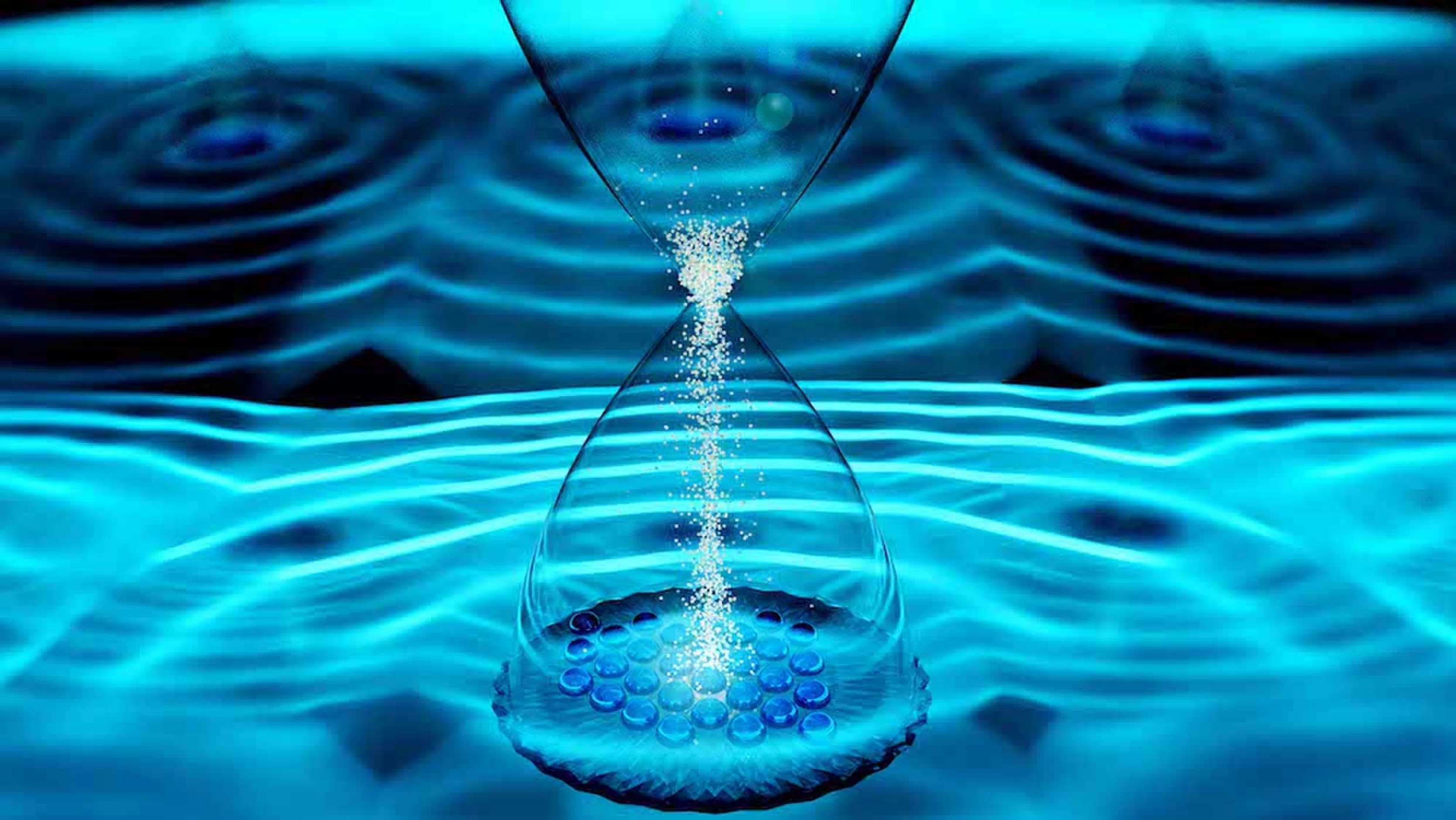Time Crystals
A time crystal or space-time crystal is a structure that repeats in time, as well as in space.

Some of the most profound predictions in theoretical physics, such as Einstein’s gravitational waves or Higgs’ boson, have taken decades to prove with experiments. But every now and then, a prediction can become established fact in an astonishingly short time. This is what happened with “time crystals”, a new and strange state of matter that was theorised, disproved, revamped and finally created in just five years since it was first predicted in 2012.
Crystals, such as diamond and quartz, are made of atoms arranged in a repeating pattern in space. In these new crystals, atoms also follow a repeating pattern, but in time. Because of this weird property, time crystals could one day find applications in revolutionary technologies such as quantum computing.
The story of time crystals begins in 2012 with Nobel Prize winner Frank Wilczek from the Massachusetts Institute of Technology. As a theoretical physicist and a mathematician, Wilczek made a crucial step in transferring a key property of regular crystals – called symmetry breaking – to create the idea of time crystals.
Called symmetry breaking
Symmetry breaking is one of the most profound concepts in physics. It is behind the formation of crystals, but also appears in many other fundamental processes. For example, the famous Higgs mechanism, which explains how subatomic particles come to acquire mass, is a symmetry breaking process.
Back in 2012, Wilczek came up with a tantalising idea. He wondered if, in the same way that a crystal breaks symmetry in space, it would be possible to create a crystal breaking an equivalent symmetry in time. This was the first time the idea of a time crystal was theorised.
Such an object would have an intrinsic time regularity, equivalent to the crystal’s regular pattern in space. For a time crystal, the pattern would be a continuous change back and forth in one of its physical properties, a kind of heartbeat that repeats forever, a bit like a perpetual motion machine.
The symmetry-breaking properties of ordinary crystals have lead to the creation of phononic and photonic metamaterials, deliberately designed materials that selectively control acoustic vibrations and light that can be used to boost the performance of prosthetics, or to increase the efficiency of lasers and fibre-optics. So the time symmetry-breaking properties of time crystals will likely find their way into equally novel fields, such as chrono-metamaterials for quantum computing, which uses the inherent properties of atoms to store and process data.
Hi! I am a robot. I just upvoted you! I found similar content that readers might be interested in:
http://www.newsweek.com/time-crystals-quamtum-computing-scientific-breakthrough-559522
Downvoting a post can decrease pending rewards and make it less visible. Common reasons:
Submit